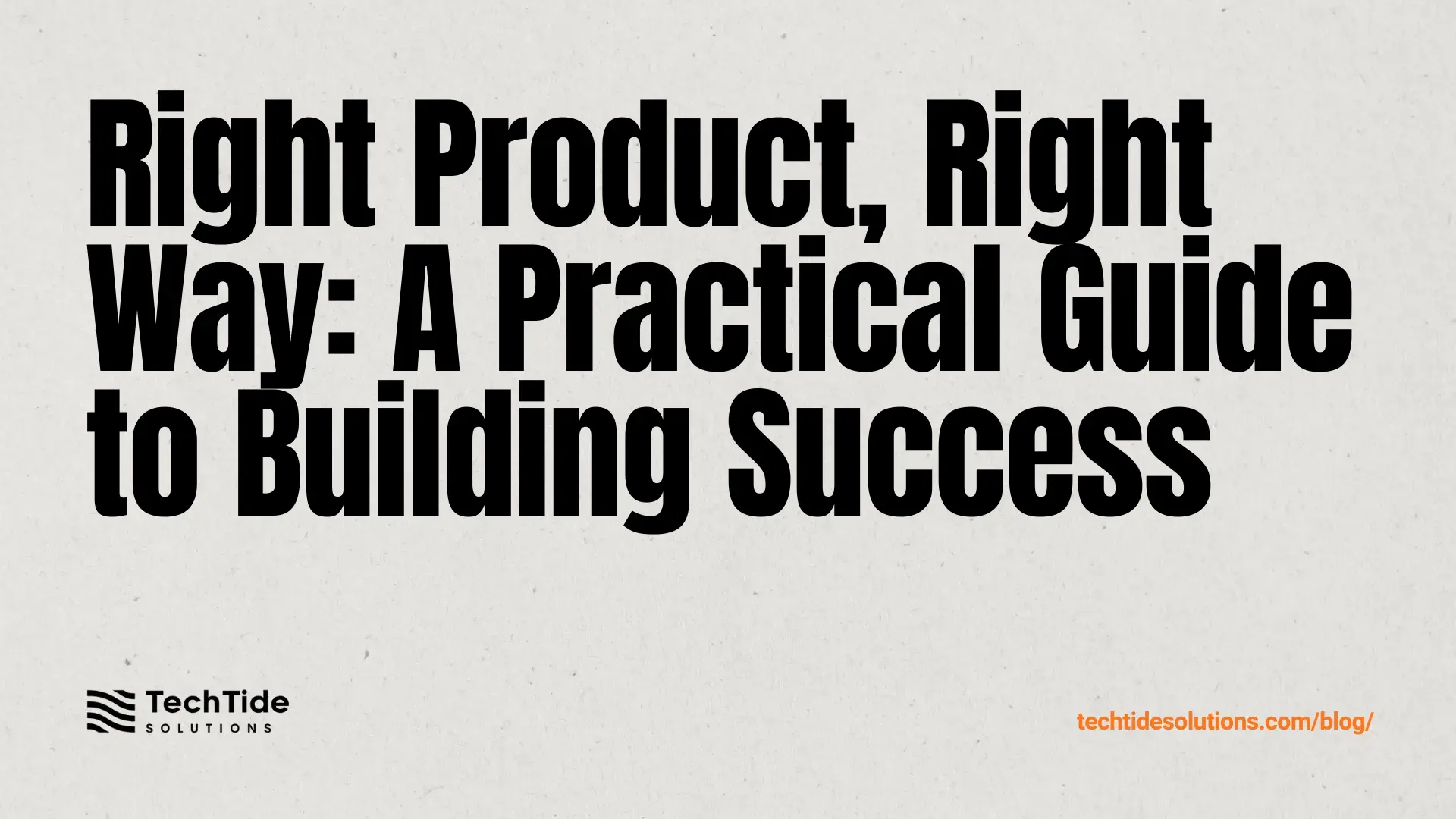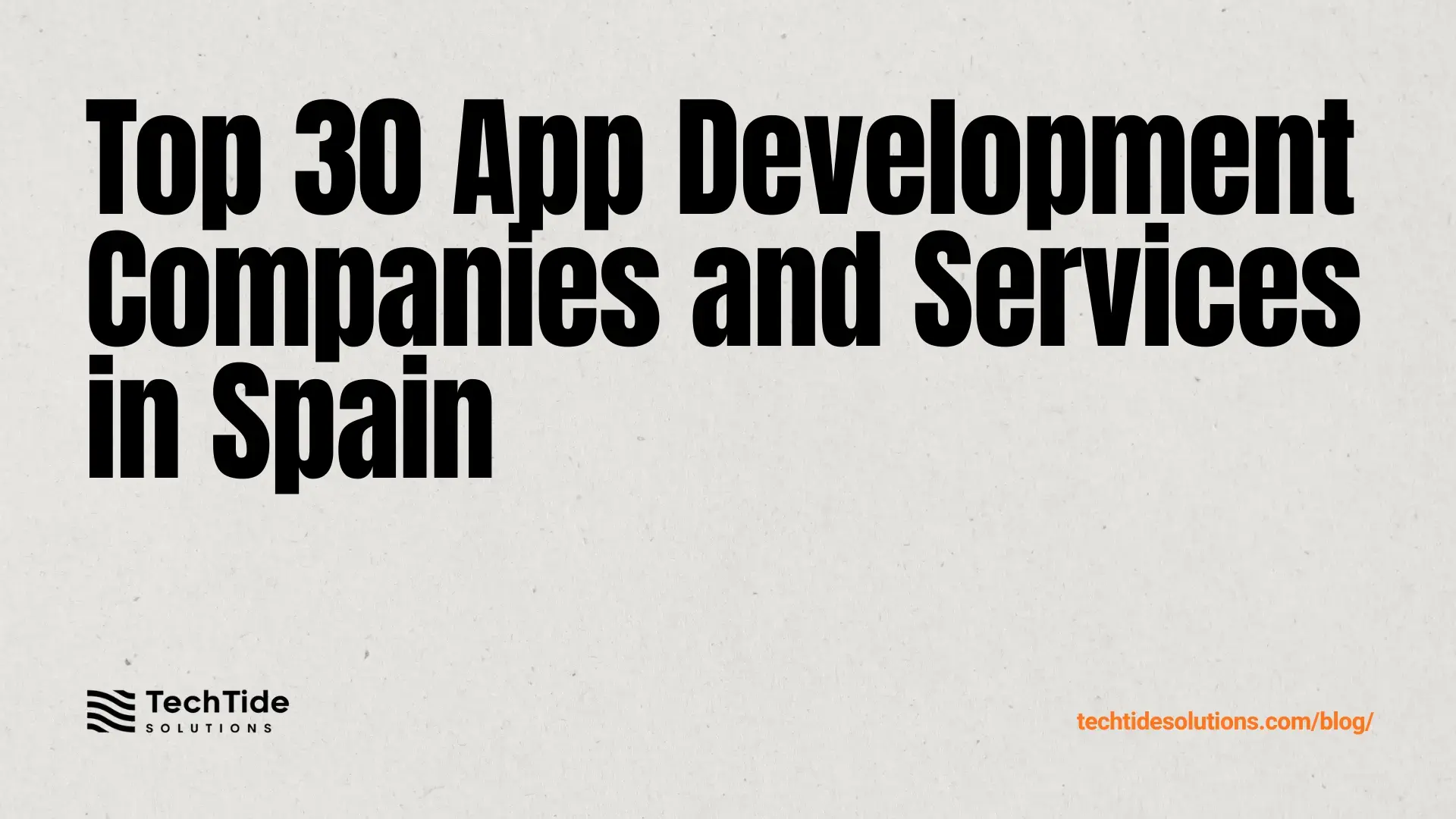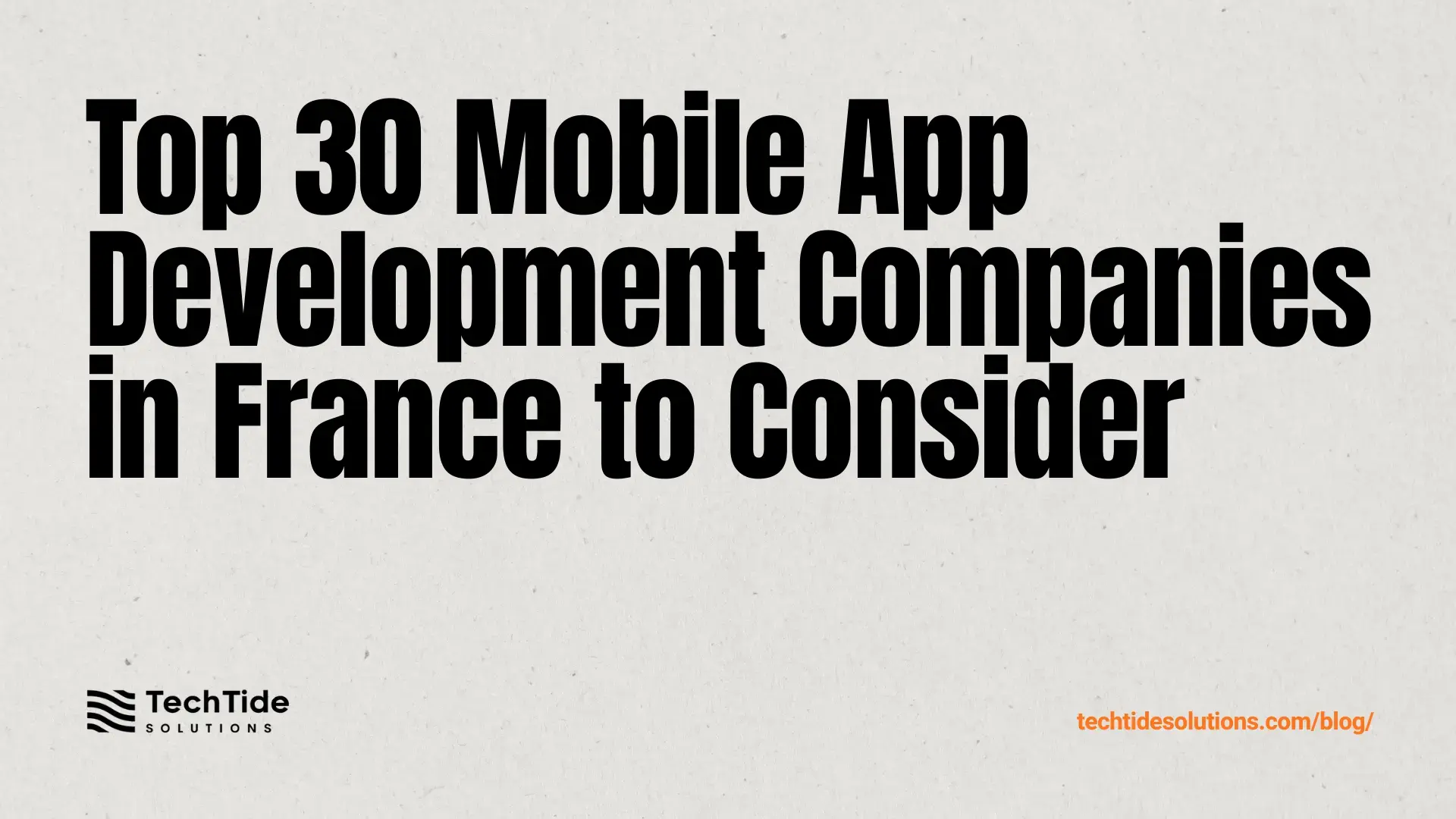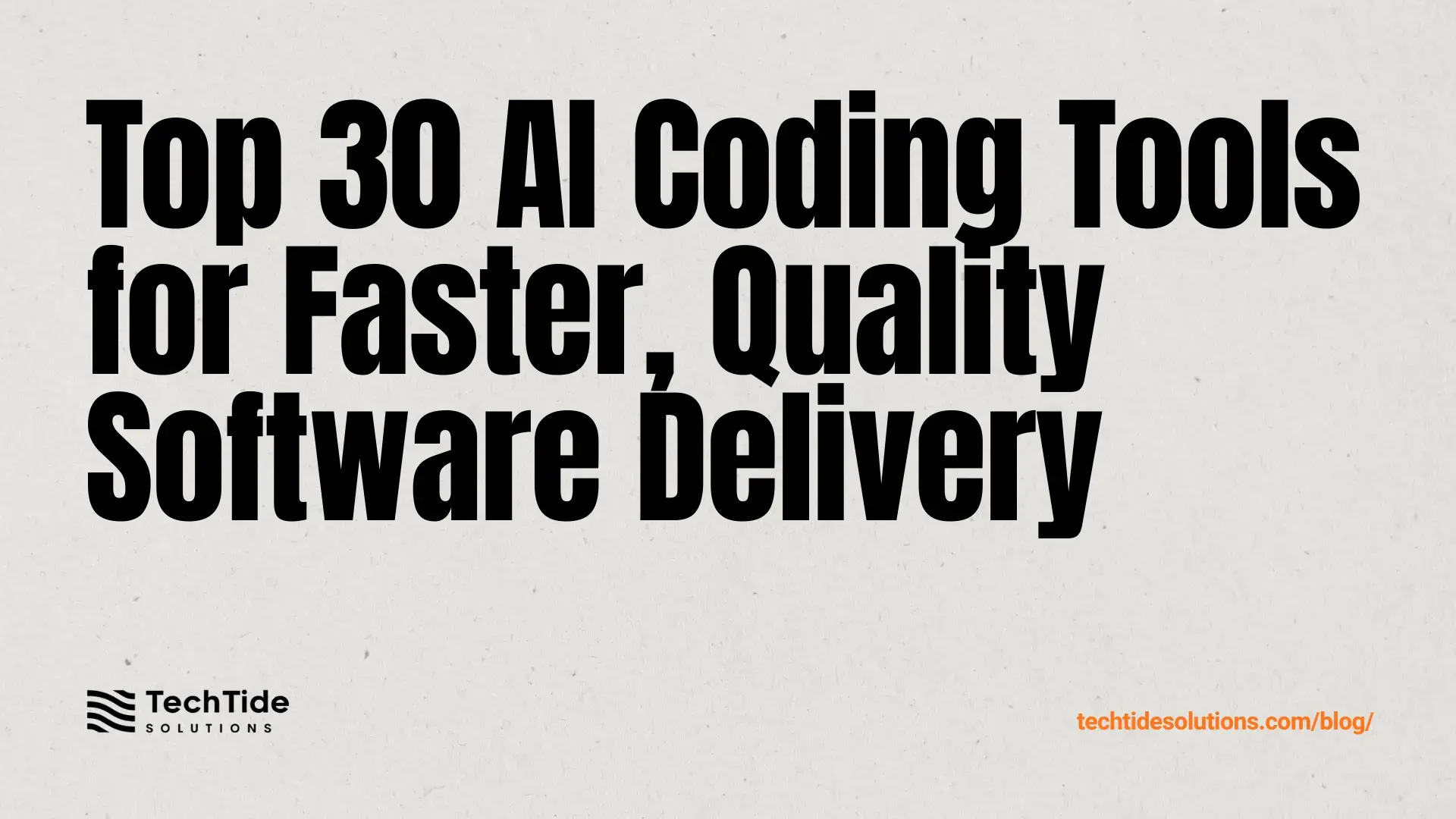In our experience at Techtide Solutions, the best products are born where market reality meets engineering rigor. That reality is shifting fast: worldwide IT spending is forecast to reach $6.08 trillion in 2026, and that rising tide does not lift all boats equally. It lifts the ships steered by organizations that pick the right problems to solve and execute with mastery. We’ve learned—sometimes painfully—that neither vision without discipline nor discipline without vision can carry a product across the finish line customers care about. What follows is the playbook we use to balance both sides of the coin: “right product” and “product right.”
Right product vs product right: what right product and product right really means
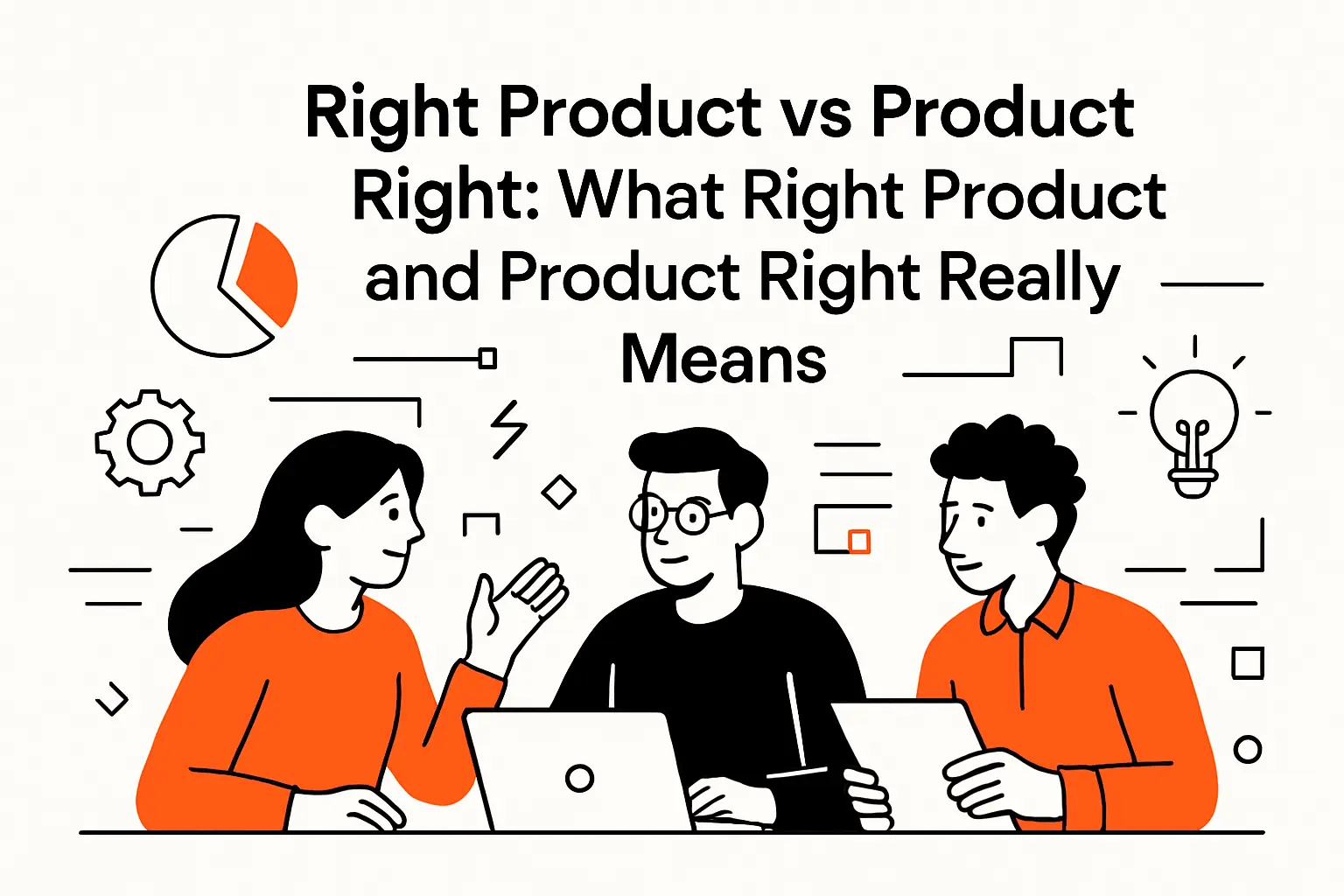
Before we talk process, we ground ourselves in the consequence of getting the problem wrong. When startups fail, it’s often because the demand isn’t there; a widely analyzed post‑mortem dataset shows that 35% of failed startups cite “no market need” as a primary reason. That single statistic crystallizes why “right product” deserves equal billing with delivery precision. In complex enterprises, the failure mode rhymes: teams sprint toward an output that no stakeholder actually wants or will adopt. Avoiding that trap is the purpose of discovery; preventing new traps is the purpose of engineering excellence.
1. Definitions: building the right product vs building the product right
We draw a clear line: building the right product means choosing the problem, audience, and value proposition wisely; building the product right means turning that proposition into a dependable, secure, and delightful system. The former is about relevance—does the solution matter to the people we claim to serve? The latter is about reliability—does the solution perform safely, scalably, and ergonomically every time? In our shop, discovery culminates in a falsifiable statement (“We believe persona X will switch from workaround Y because capability Z removes pain W”), while delivery translates that hypothesis into shippable increments with unambiguous acceptance criteria. We like to imagine the two halves as a gearbox: discovery teeth and delivery teeth must mesh or you’ll grind metal.
2. Why balancing both reduces rework and maximizes value
When discovery informs delivery, code becomes a hedge against uncertainty rather than a gamble. We’ve watched teams spend weeks polishing components that—once exposed to users—solve the wrong problem elegantly. Conversely, we’ve watched MVPs land with a thud because the team “proved” nothing about desirability, feasibility, or viability. Balance reduces the cost of false positives (building something nobody wants) and false negatives (discarding a concept too early). It also unlocks a virtuous loop: analytics sharpen hypotheses; engineering practices make iteration cheap; iteration deepens product‑market fit. The outcome is less thrash, fewer rewrite marathons, and more energy for the differentiators that compound advantage.
3. Risks of focusing on only one side
Optimize only for “right product,” and you risk promises that crumble under load, security gaps that erode trust, and a backlog of technical debt that taxes every future sprint. Optimize only for “product right,” and you risk a beautifully built thing that solves yesterday’s problem. We’ve witnessed both extremes: a startup with impeccable DORA metrics but a misread of buyer incentives, and a corporate lab with bold insight but brittle infrastructure. In both cases, the same lesson emerged—strategy without craft stalls; craft without strategy drifts. Balance makes momentum sustainable.
Build the right product: discovery and evidence before delivery
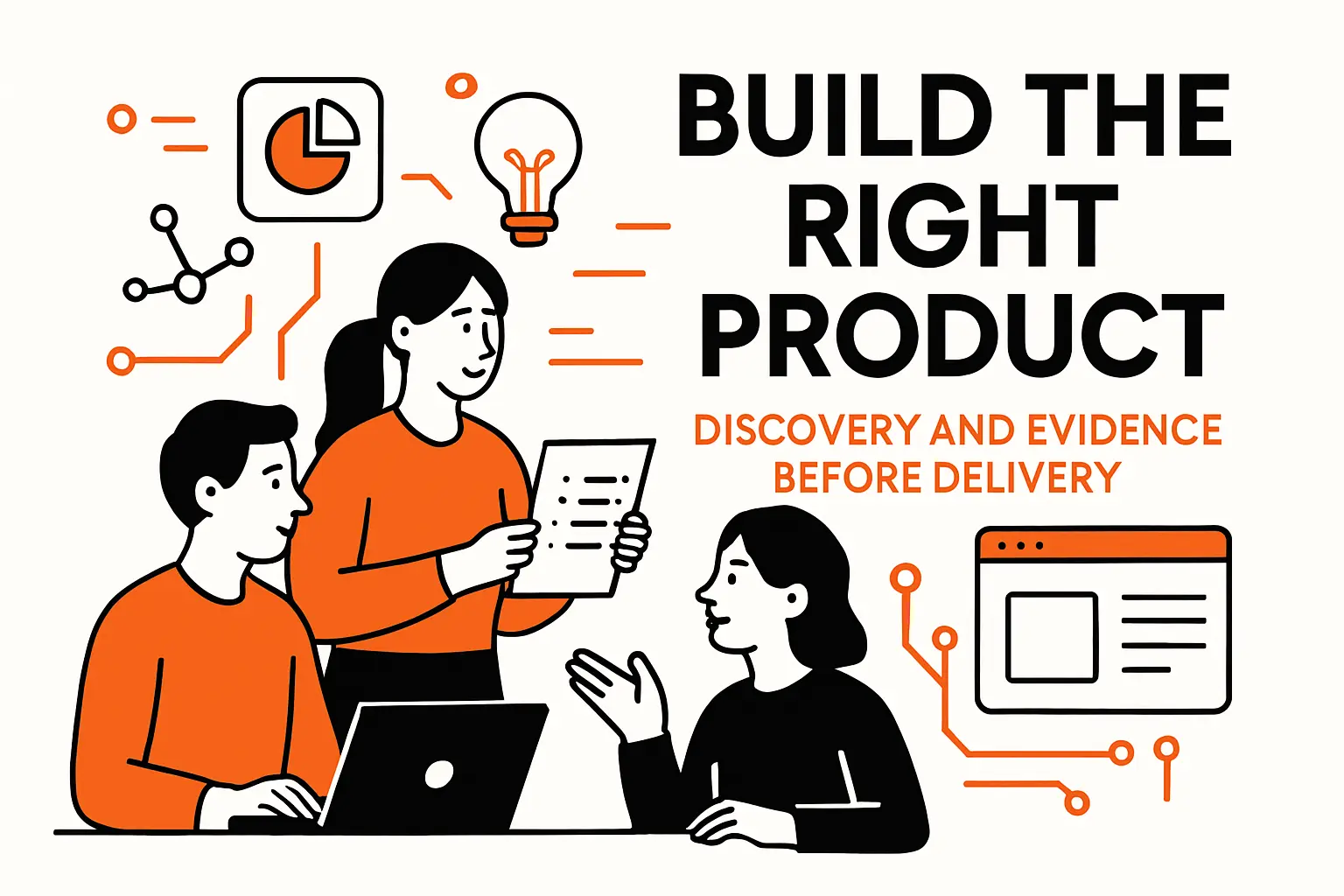
Before code, we ask: which signal matters? The business backdrop urges discipline: revenue in the global SaaS segment is projected to reach US$428.78bn in 2025, which means competitors are not sleeping while we learn. Discovery is how we shorten the path from conjecture to conviction, without confusing movement for progress. We treat the front end of innovation like a lab: we start with questions, control for biases, and graduate ideas based on evidence, not charisma.
1. Product Owner accountability and domain knowledge
We’ve found that a Product Owner becomes credible not by owning a backlog, but by owning the problem space. When the PO can articulate the domain’s forces, constraints, and oddities—how regulation shapes workflows, how budgets are allocated, how status quo tools are misused—that knowledge sharpens trade‑offs. Accountability shows up in decisions about scope: what we’re deliberately not shipping first tells us more about the strategy than what we are shipping. In our governance model, PO accountability includes the quality of problem statements, the clarity of hypotheses, and the consistency of user narratives embedded in stories. Domain literacy is a moat; POs who write with the language of their customers align teams faster than any mandate could.
Signals of a strong PO
We look for three signals of craft. First, the PO translates market talk into operational detail—no hand‑waving. Second, the PO convenes the right conversations at the right fidelity, inviting engineers and designers into the problem early. Third, the PO resists boilerplate frameworks when the domain demands a bespoke angle. We treat those signals as leading indicators of execution clarity downstream.
2. Understand users and articulate the real problems
We’ve seen personas devolve into mascots—cute, generic, and unhelpful. Instead, we favor “jobs, pains, and gains” written with verbs and artifacts: the files users juggle, the channels they trust, the sign‑offs they need. Articulation means making friction tangible; for example, a clinical administrator who spends hours reconciling data from three systems is not frustrated “in general”—they’re stuck at specific moments we can observe and measure. We scope problems as user journeys with pinch points and then draft “anti‑journeys” that describe how failure looks and feels, so we can design to prevent it. Clear problem statements discipline our ideation and reduce attachment to pet features.
Related Posts
3. Research methods: observation, interviews, prototyping, competitive analysis
We combine contextual inquiries, moderated interviews, and scrappy prototypes in a cadence that maximizes learning per unit time. Observation shows what people do; interviews reveal why they insist on doing it that way; prototypes expose wants from needs. Competitive analysis is insurance against reinventing the obvious and a lens for differentiation; we map not only features but pricing levers, onboarding friction, integration stories, and ecosystem plays. We keep artifacts deliberately low‑fidelity until a question demands a higher‑fidelity test. That posture protects us from “prototype theater” and invites genuine critique.
Guardrails for good research
We pre‑commit to avoiding leading questions, confirm whether we’re testing comprehension or desirability, and decide what evidence would change our mind. After sessions, we harvest “surprises” and “contradictions” explicitly; those often point to opportunities hidden beneath the obvious feedback.
4. Prioritization across value, risk, and cost
Prioritization is storytelling with constraints. We rate value in terms of user and business outcomes, not just feature counts; we rate risk across desirability, feasibility, and compliance; we rate cost in complexity, not fairy‑tale estimates. When trade‑offs bite, we frame options as “bets” with explicit upside and downside, and we routinely stage work to buy information early. The question we ask most often is simple: what is the cheapest way to prove or disprove the core assumption powering this feature? If we cannot answer that, we are not ready to build it.
5. Opportunities and differentiation through market analysis
Markets reward relevance and timing. Our market sweeps look for weak signals: customer support threads in competitors’ forums, partner ecosystem churn, procurement patterns that hint at budget cycles, and community talk that suggests emerging workflows. Differentiation rarely lives at the level of raw functionality; it often hides in how the product integrates into existing systems, how it’s priced, how it secures data, and how it communicates status during high‑stress tasks. The most enduring edges we’ve built came from helping customers “win at their job,” not from dazzling them with novelty.
6. Analytics driven by actionable questions
Analytics should answer questions we care enough to act on. We write events and dashboards only after writing the questions: what would make us increase or throttle adoption? What says “product is solving the right problem,” rather than “people are logging in”? To keep analytics honest, we pair product metrics with counter‑metrics (e.g., a measure of support contacts per workflow) so we can detect when a “win” masks new friction. We resist vanity metrics and track how evidence shows up in roadmap changes; data unused is pretend rigor.
Build the product right: engineering quality, design, and process
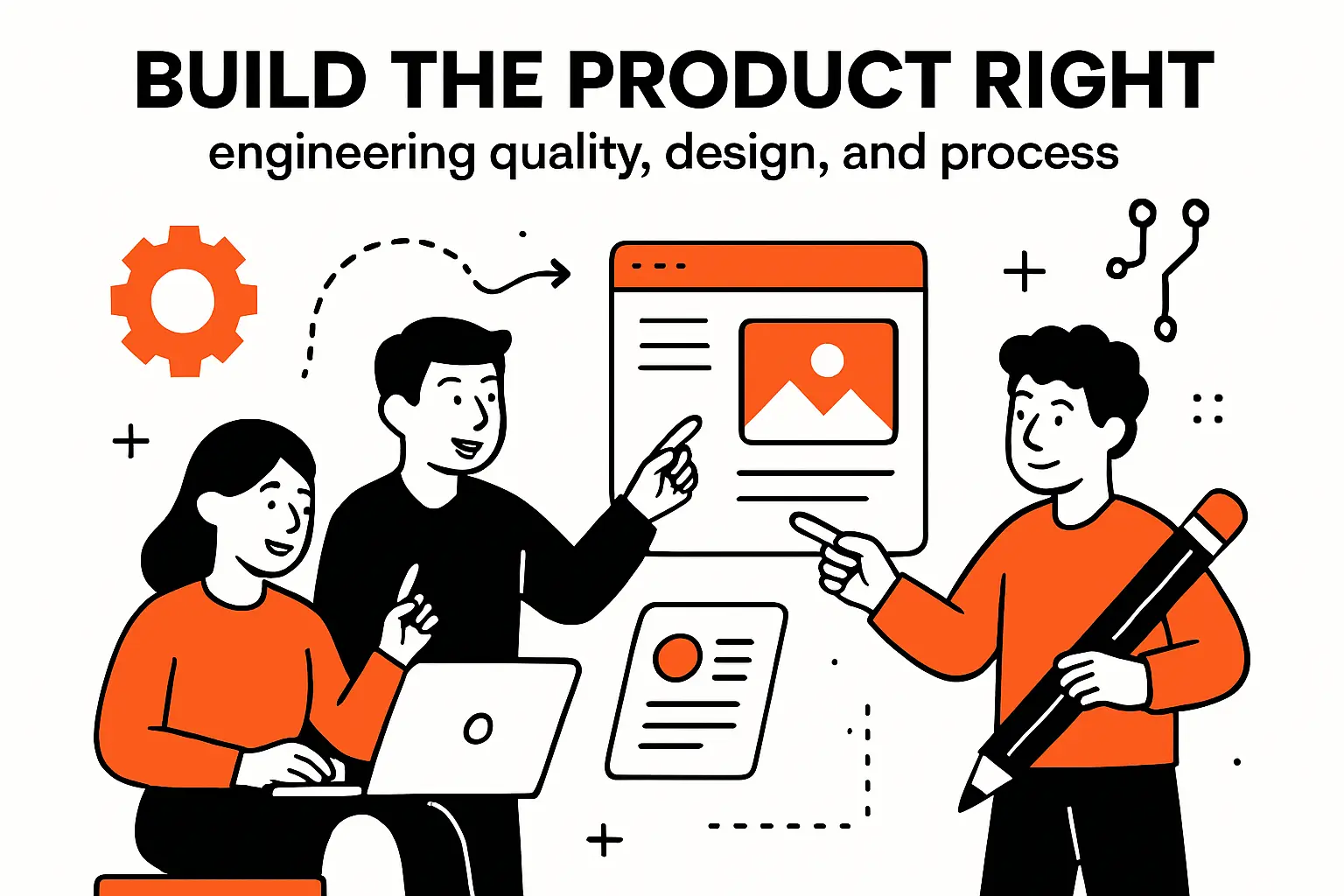
Execution excellence multiplies discovery insight. In our experience, companies that invest in developer experience and modern delivery practices grow faster; a broad cross‑industry study found that top‑quartile developer velocity correlates with revenue growth that is four to five times faster than the bottom quartile. We take that correlation seriously because we feel its echo daily: good tools, clear interfaces, clean architecture, and tight feedback loops free teams to ship confidently, learn quickly, and pivot without breaking glass.
1. Technology choices and trade-offs including third‑party vetting
Tooling is strategy crystallized. We choose technologies by the problems they make easy and the failure modes they make likely. When considering a third‑party platform, we vet the roadmap fit, the blast radius of outages, the exit cost, and the legal posture around data. The simplest product today can quietly become a compliance headache tomorrow if the vendor cannot guarantee isolation, auditability, or reversibility. We’ve learned to push vendors for operational evidence: how do they handle incident command, what does rollback look like in practice, which APIs are stable, and how quickly do they publish post‑mortems? We treat “free until scale” as an invitation to examine lock‑in.
Buy, build, or assemble
We rarely buy or build in absolutes. The highest‑leverage pattern is assembling: use well‑supported components for non‑differentiating capabilities, and reserve bespoke engineering for the signature moments where we must lead. This protects focus without sacrificing speed.
2. Architecture for scalability with a revisited roadmap
Architecture is a living hypothesis about the future. We draft reference architectures that emphasize clear module boundaries, explicit data contracts, and observability by design. Then we revisit them as reality evolves, resisting both the urge to gold‑plate and the temptation to ignore early warning signs. We favor patterns that buy us optionality: event‑driven workflows for decoupling, idempotent operations for resilience, and domain‑driven design to keep the ubiquitous language crisp. When the roadmap changes—as it will—we adjust architecture responsibly, not ceremonially. The discipline is to make change safe and cheap, not to predict every branch of the tree.
3. Engineering excellence: skilled teams, clear criteria, intentional refactoring
Excellence starts with clarity: what does “done” mean, which no‑go defects block release, and how do we make hidden work visible? Skill manifests in empathy for the next engineer; we reward code that explains itself, tests that fail loudly, and logs that tell a coherent story. We schedule time for refactoring like we schedule time for features; the worst time to fix the roof is during a storm. Our best teams raise change proposals early, articulate the trade‑offs in plain language, and keep complexity at the edges where it belongs. We avoid heroics by design; sustainable pace is not a nice‑to‑have, it’s the precondition for quality.
4. Design iteration: information architecture, flows, wireframes, prototypes, brand
Design is how the product thinks in public. We tune information architecture to match how users reason about their work, not how our database tables are arranged. Flows are narrations of intent; we cut steps that don’t change outcomes and add guidance at the moments where confidence falters. Wireframes help us debate structure without color bias; prototypes are experimental apparatuses to test comprehension, trust, and habit formation. Brand is the conversation between product and user that continues beyond clicks; consistent tone, microcopy that tells the truth, and states that anticipate anxiety are the marks of a mature product experience.
5. Process fundamentals: clear roles, stakeholder buy‑in, continuous improvement
Process should amplify skill, not smother it. We define roles precisely enough to avoid “ownership fog” while leaving room for initiative. Stakeholder buy‑in begins with alignment on outcomes and ends with honest demos that show both progress and risk. Continuous improvement needs a heartbeat; we inspect not only work items but also how we made decisions, where we rushed, and which signals we ignored. Retrospectives that only catalog events drift into nostalgia; the good ones produce concrete behavior changes and guardrails.
6. Tests and QA: early involvement, balanced automation and manual checks
Quality is not a gate at the end—it’s an activity river running through the entire effort. We involve QA at discovery time so they can plan how to provoke the system into revealing its weaknesses. Automation buys consistency and speed across regression and integration paths, while manual exploratory testing finds the odd corners automated scripts never imagined. The balance shifts with context, but the principle holds: test intent matters as much as test coverage. We also treat test data as a first‑class asset; stable, privacy‑safe fixtures make repeated experiments meaningful.
Validation and verification in Scrum and DevOps to sustain right product and product right
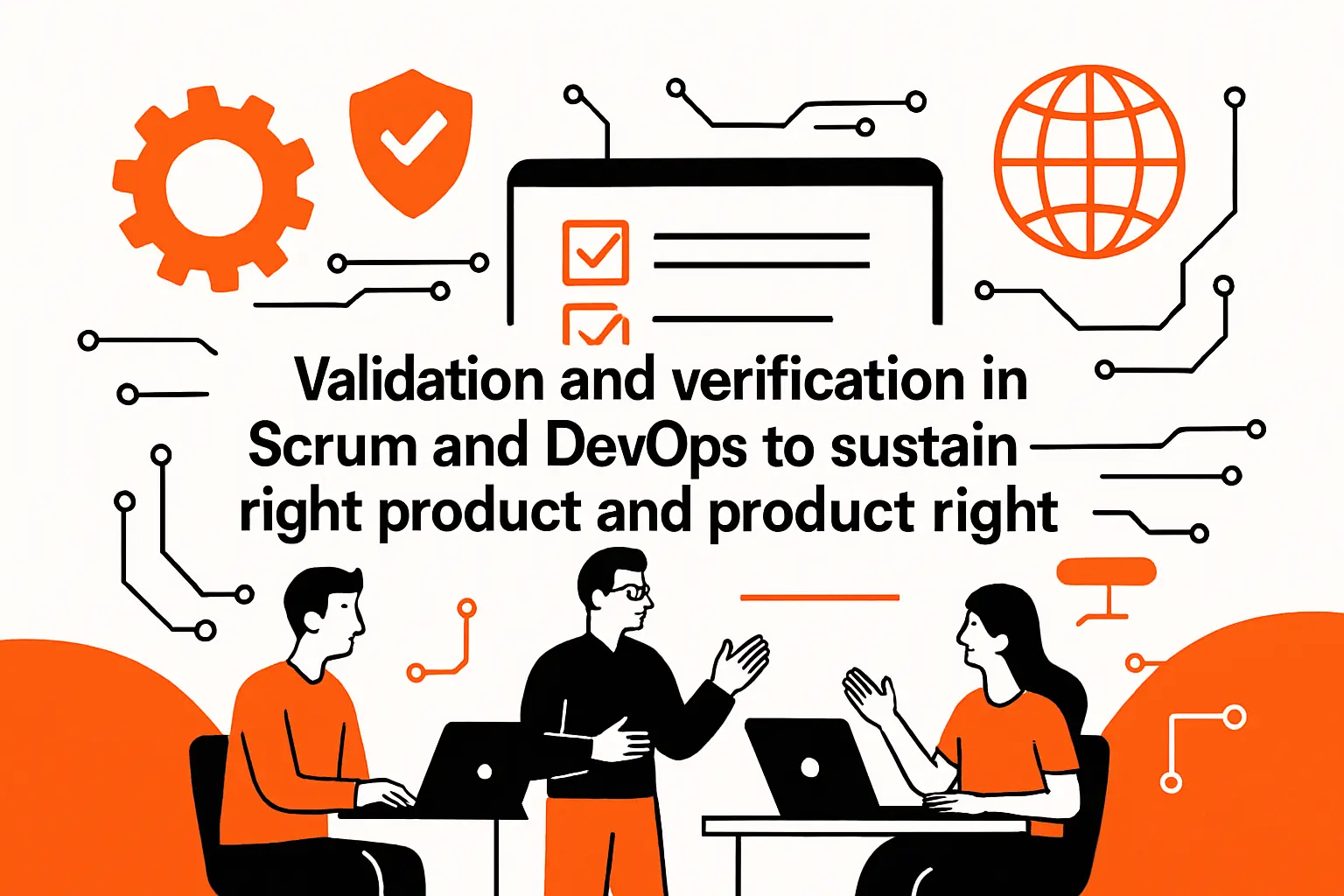
We sustain balance by pairing verification (did we build it correctly?) with validation (did we build the correct thing?). The operational stakes are not trivial; many organizations report that developers spend 33% of their time wrestling with technical debt maintenance, which is time not spent validating value. Scrum ceremonies and DevOps automation give us the levers to reduce that waste and turn releases into habitual learning moments instead of cliff‑edge events.
1. Verification to build the product right: TDD, test automation, CI, acceptance criteria, Definition of Done
Verification assures that each increment meets the contract we wrote for it. Test‑driven development clarifies intent before code ossifies, while continuous integration ensures merge conflicts surface early, not in a release scramble. We insist that every story carries acceptance criteria written from a user’s point of view and bound by observable outputs. Our Definition of Done is more than a checklist; it is a social contract that includes code review, security scanning, and observability hooks. The other half of this discipline is humility: a team willing to refactor tests that no longer pull their weight will also be a team comfortable saying “we learned something; let’s adjust.”
What we automate and why
We tend to automate the boring and the brittle: regression suites, data transformations, environment validations, and deployment steps. Human attention is priceless; we spend it on exploratory testing, high‑risk edge cases, and the storytelling that keeps stakeholders engaged with real product behavior.
2. Validation to ensure the right product: BDD, Sprint Reviews, UAT, user feedback and KPIs
Validation checks whether the thing we shipped moves the needles that matter. Behavior‑driven development aligns language across product, design, and engineering so scenarios are both testable and intelligible to non‑engineers. Sprint Reviews are not theater; we demo workflows that tie back to hypotheses. User acceptance testing is framed as “can our champions accomplish real tasks faster, safer, and with more confidence?” We define KPIs that reflect outcomes, then watch for unintended consequences with counter‑metrics. The art is in choosing few, meaningful signals and revisiting them after every release, not just at quarter’s end.
3. DevOps V‑model and shift‑left practices: mapping lifecycle stages to validation activities and performance monitoring
We map the V‑model to real life: requirements and design activities on one slope, coding and integration on the other, with paired tests mirroring each stage. Shift‑left means we weave threat modeling, performance budgets, accessibility checks, and privacy reviews into design and story refinement, not post‑hoc. Shift‑right complements that by turning production into a learning lab—feature flags, progressive delivery, synthetic monitoring, and real‑user monitoring inform where to invest next. Performance becomes a product feature we design for, not a diagnostic we panic about after incidents.
Operating rhythm and pitfalls that break the balance
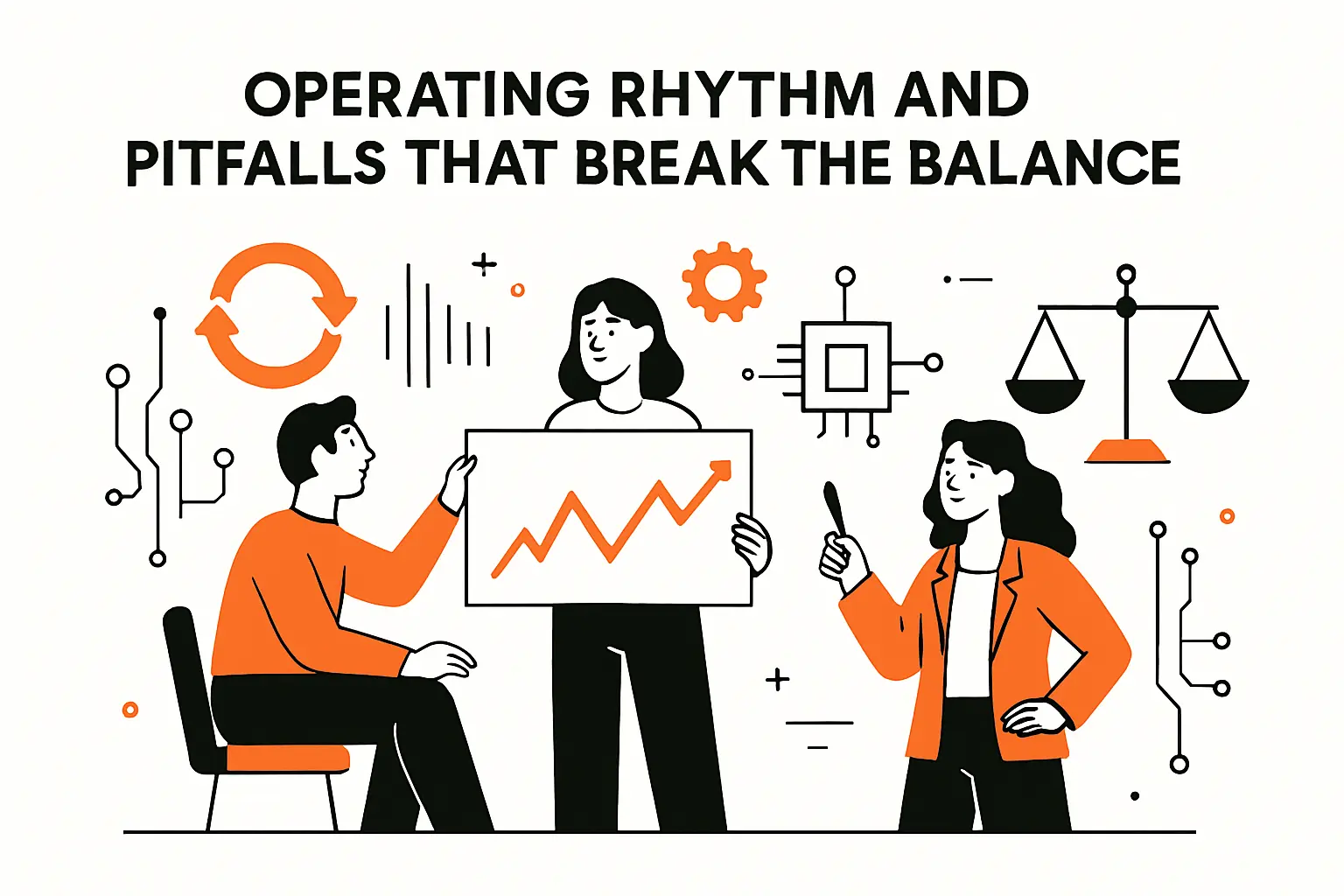
Even strong teams lose the beat when operational drag compounds. One recurring cause is the “invisible tax” of legacy complexity; many technology leaders report spending more than 30% of its IT budget on technical debt and related work, starving validation and innovation. The antidote is a rhythm that keeps learning cycles short, roles clear, and stakeholders close. We treat cadence as a product: it should serve the work, not the other way around.
1. Continuous loop: build the right product, build the product right, evaluate and iterate
Our operating loop is straightforward: start with discovery questions; translate answers into minimal, testable increments; ship; measure; then feed insights back into discovery. We meter ambition to the capacity for learning and capacity for change inside the customer’s organization. Sometimes the highest‑value move is to shave friction from a single recurring workflow; sometimes it’s to open a new channel altogether. What matters is that each loop ends with decisions made easier by evidence.
2. Common mistakes: misunderstand requirements, poor communication, unrealistic timelines, lack of resources
Misunderstood requirements often begin as ambiguous language—adjectives like “intuitive,” “fast,” or “seamless” that mean different things to different people. We convert adjectives into examples and thresholds. Communication breaks down when teams lack a shared artifact—journey maps, state diagrams, or sequence charts that show intent in a way everyone can interrogate. Deadlines become unrealistic when they are divorced from uncertainty; unknowns should reduce precision, not increase bravado. Resource shortfalls hurt twice: they slow progress and encourage shortcuts that create future toil. The cure is honest planning and regularly renegotiated scope.
3. Case examples: Slack pivot, Google Maps evolution, ODC healthcare app
We love stories because they compress years of learning into ideas you can reuse. Slack emerged after a game’s failure clarified a different, more urgent market need—team communication that felt conversational. Rather than force the game to work, the team pivoted to codify the workflows already succeeding internally, and in doing so, defined a category. Google Maps evolved by layering features that matched users’ situational intent: navigation was only a piece of the puzzle; context like traffic, transit options, and place information made the product indispensable for planning and exploration.
In our own practice, a healthcare client engaged us to replace a brittle, outsourced scheduling system. We began not with feature parity but with shadowing: watching schedulers navigate constraints like insurance policies, referral rules, and clinical priorities. The first release targeted the most painful transitions between systems, pairing new integrations with clearer status communication. Adoption followed because it respected the reality of the users’ day, not an idealized process diagram.
4. Meet customers where they are rather than one‑size‑fits‑all
Enterprises live inside histories—org structures, politics, vendor contracts, and cultural habits that shape what is possible right now. We design for the current slope of change rather than the maximum imaginable. That philosophy shows up in our rollouts: pilot with champions, learn, then expand into teams with different needs. It also appears in how we package capability: configurable features that match local workflows without fragmenting the core. Meeting customers where they are is not compromise; it’s respect that earns the right to push further next time.
TechTide Solutions: how we help you build right product and product right
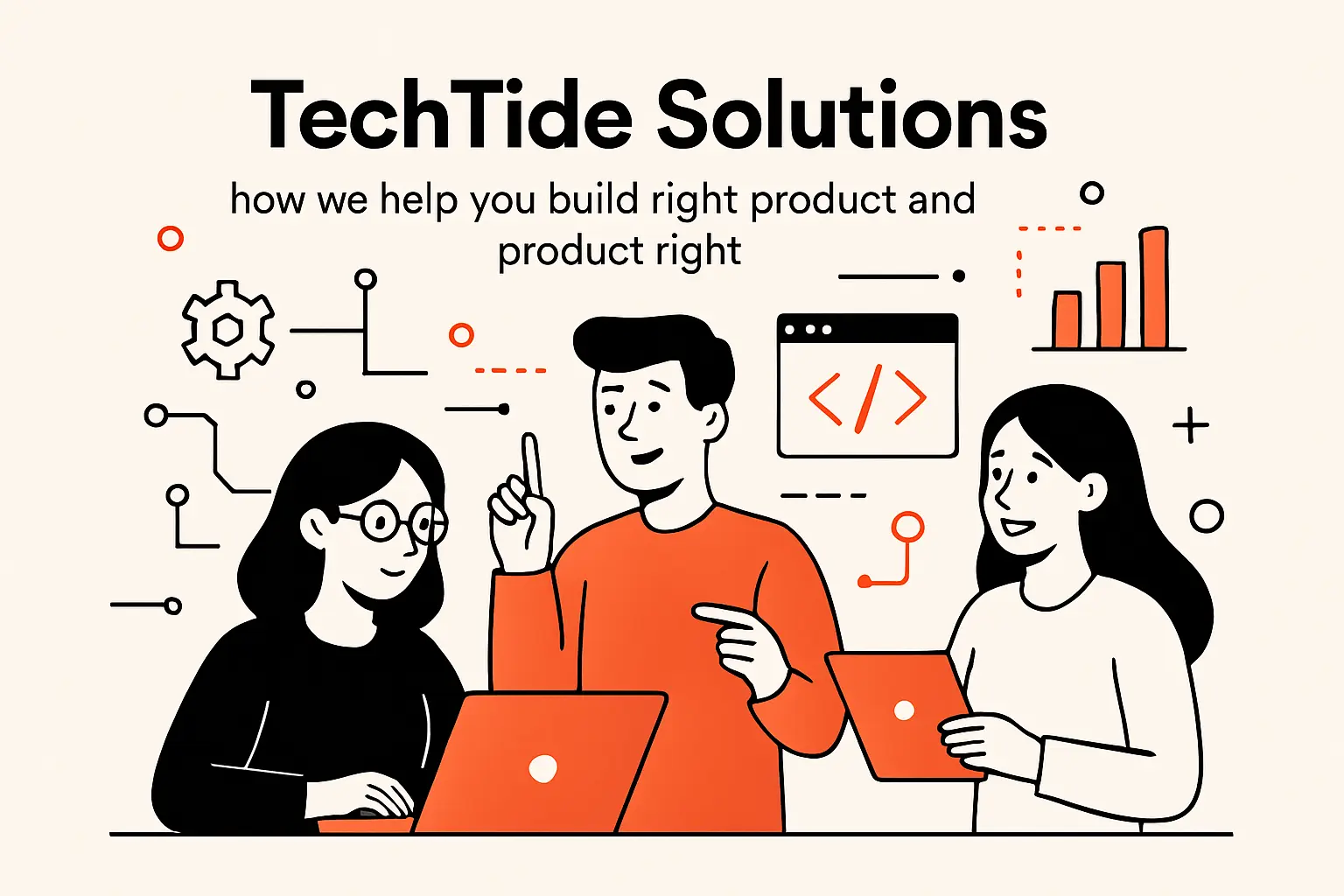
We focus on outcomes, not deliverables. Investment patterns reflect the stakes: organizations report allocating 7.5% of their revenue to digital transformation on average, and we make sure that spend translates into measurable user and business value. Our method blends customer‑aligned discovery with quality engineering and analytics that tie the work to results. The collaboration model is simple: work with your teams, not around them; leave you with sharper capabilities than we found.
1. Customer‑aligned discovery and prioritization workshops
We co‑host discovery sprints that combine frontline observation, structured interviews, and prototyping with clear exit criteria. In the first sessions, we map jobs‑to‑be‑done to business outcomes and identify the riskiest assumptions driving your backlog. Workshops culminate in scenarios with acceptance criteria that designers, engineers, and stakeholders can all read and dispute. We then run prioritization sessions that lay options on the table in plain language: what you get, what you defer, what you dodge, and why. The goal is to arrive at a roadmap everyone believes because they can see the evidence that authored it.
2. Quality engineering and DevOps practices to build the product right
Our engineering culture prizes clarity, observability, and change safety. We establish pipelines that make small, frequent releases feel natural rather than nerve‑wracking. We invest early in test data management, performance budgets, and security checks wired into the flow of work. Our designers and QA engineers contribute from the first story, ensuring that usability and reliability are part of the definition of success, not afterthoughts. We provide playbooks for incident response and post‑incident learning that turn bad days into better weeks.
3. Outcome‑driven roadmaps with continuous evaluation and analytics
We anchor roadmaps in outcomes and wire the product for traceability from feature to impact. And we create dashboards that expose experience health, not just traffic: task completion success, time‑to‑confidence, sentiment from support interactions, and ecosystem stickiness like integration usage. We pair those with anecdotes harvested from customer calls, so numbers stay grounded in narrative. Quarterly reviews revisit the north star metrics and prune work that no longer serves them. What we celebrate are projects retired because the job they were meant to do has been solved more elegantly elsewhere, freeing capacity for the next bet.
Conclusion: a concise checklist and next steps for right product and product right
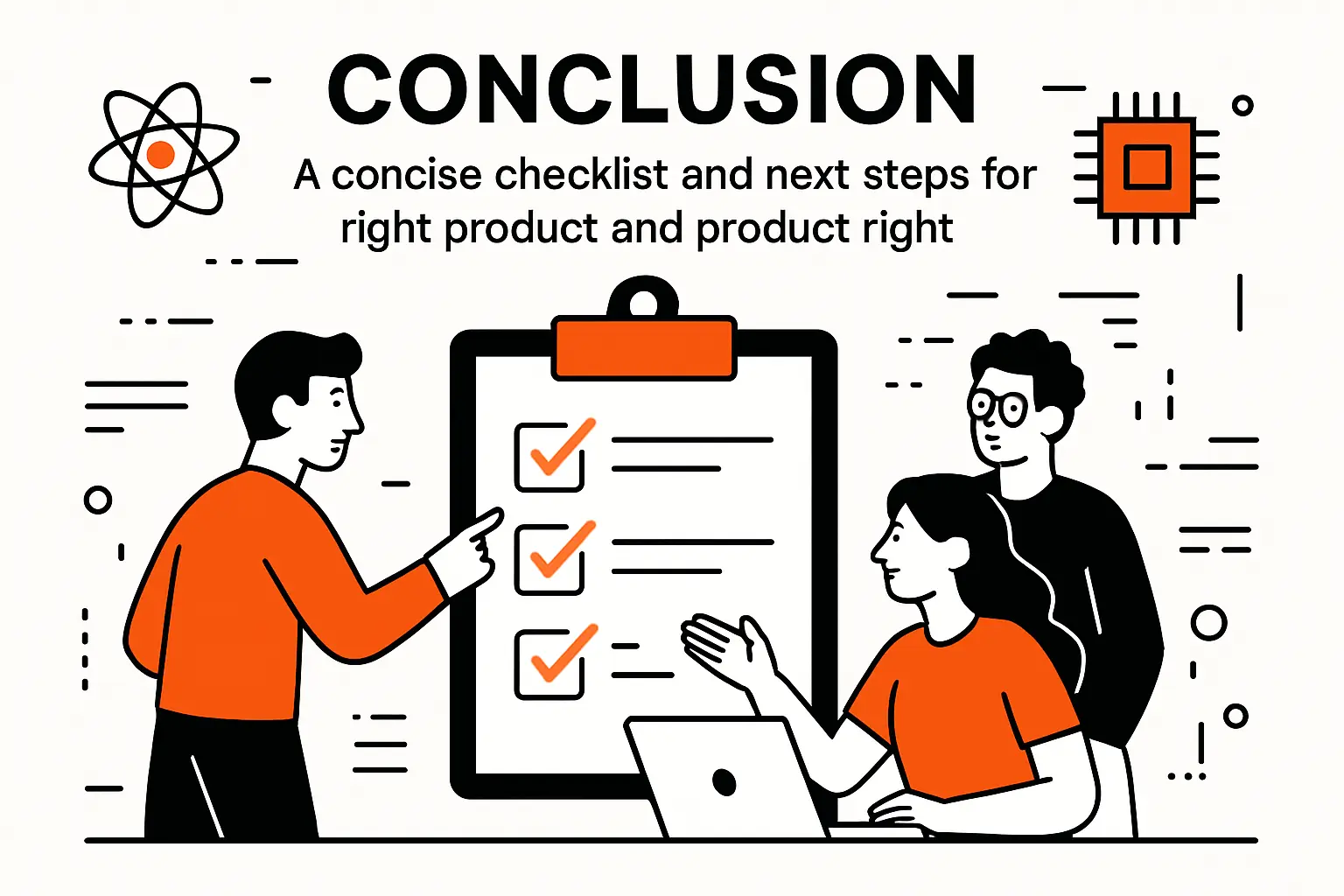
We’ve built this outline to be used, not admired. The thread running through it is ordinary in theory and rare in practice: ask better questions, make smaller bets, and wire everything for learning. When discovery and delivery talk to each other continuously, “right product” and “product right” stop being rivals and start being partners.
1. Start with a product discovery kickoff and define actionable analytics
Assemble a cross‑functional crew; write down the few questions that must be answered before you ship; pick the cheapest tests that will answer them; and decide how you’ll measure what matters after release. Give analytics a job to do up front—what decision should each metric empower—and build only what serves that decision. The first artifact to create is the story of the user’s day, in their language, with their constraints. If that story reads well, the backlog will too.
2. Embed QA early and run continuous verification and validation
Invite QA to discovery; write acceptance criteria that reflect both customer intent and system constraints; automate where consistency wins and explore where curiosity wins. Use sprint reviews to validate hypotheses, not just to showcase features. Treat your Definition of Done as a living agreement; adjust it as your product’s risk profile evolves. The goal is to make every increment a safe, meaningful experiment.
3. Monitor KPIs and performance to validate outcomes post‑launch
Post‑launch is the real beginning. Watch whether users accomplish their tasks with less effort and whether the product earns trust under stress. Combine product metrics with qualitative feedback loops so you can hear the story behind the numbers. When the data says “pivot,” respond with humility and speed. If this outline resonates, our suggestion is simple: pick one product and run a compact discovery‑to‑delivery loop with us; by the end, you’ll have evidence to decide how far you want to take the balance.


